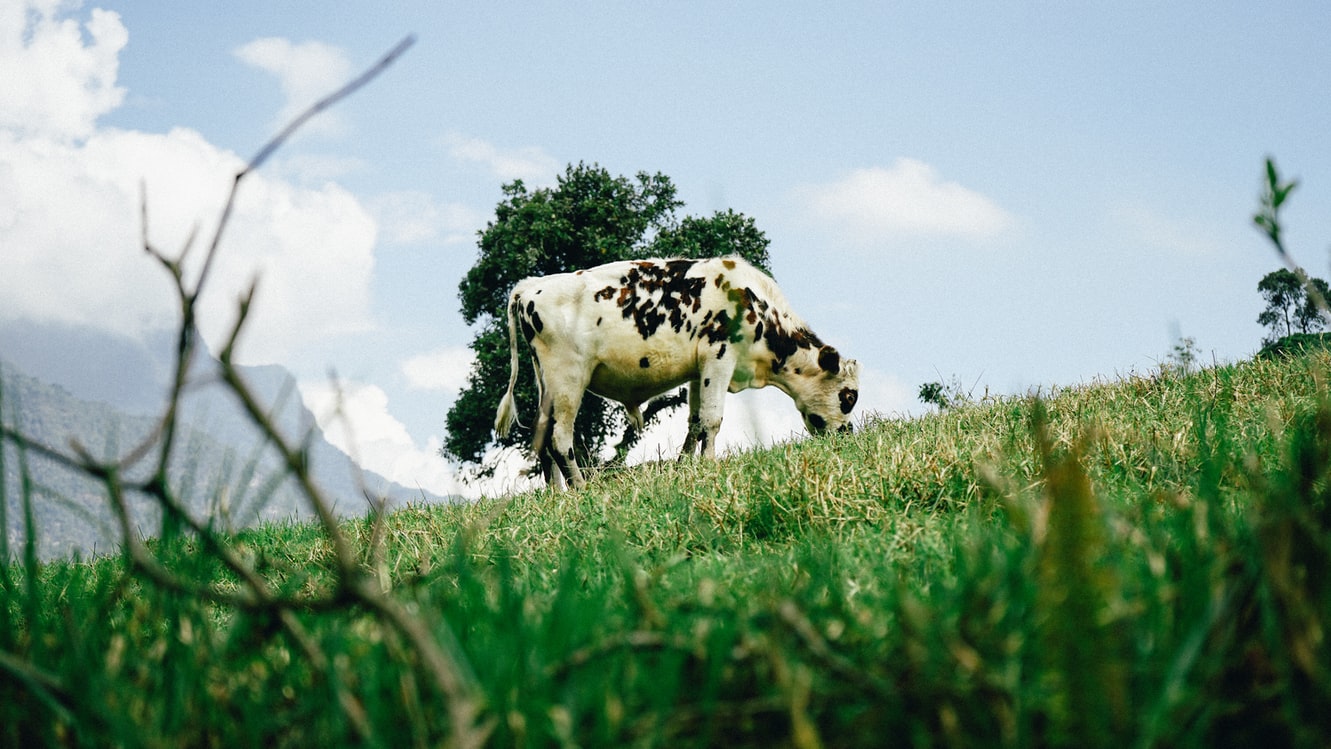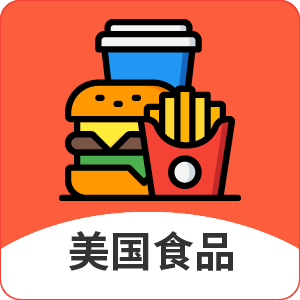The Absolut Co., for example, announced development of a paper bottle in 2020. Louise Werner, Director of Future Packaging at The Absolut Co. — along with Tim Silbermann, Project Manager, Product Development at PABOCO (aka The Paper Bottle Co.), Absolut’s supplier partner in this project — took the time to answer our questions about the barrier performance of the paper bottle, which is slated for commercial launch in 2023 for the Absolut Mixt product line.
Werner and Silbermann reveal …
• the structures of Generation 1 (to be on shelves in 2023) and Generation 2 (with a significant reduction of plastic — from 30% to around 10%);
• how Absolut selected the product for the launch, based on usage occasion, growth potential, and filling line flexibility;
• how right sizing the bottle can cue consumers that the product has a different shelf life;
• And more about testing different materials and different barrier techniques.
PACKAGING POSSIBILITIES - Season 2: Episode 5
If you have a topic you’d like to propose for a future PACKAGING POSSIBILITIES episode, please email Lisa Pierce at lisa.pierce@informa.com.
TRANSCRIPTION IS AUTO GENERATED
Lisa McTigue Pierce
Hello, this is Lisa Pierce, executive editor of Packaging Digest, with another episode of Packaging Possibilities, a podcast that reveals what’s new and what’s next for packaging executives and engineers, designers and developers. In this episode, I'll be talking with Louise Werner, Director of Future Packaging at the Absolut Co., and Tim Silbermann, Project Manager for Product Development at PABOCO, which stands for the Paper Bottle Co.
As you may know, Absolut is developing a paper bottle with PABOCO and today we’re going to talk about Absolut paper bottle and specifically its shelf-life performance. Louise, Tim, welcome and thank you both for taking the time to talk with us today.
Louise Werner (guest)
Thank you, Lisa, for having us.
Tim Silbermann (guest)
Yes. Thanks so much.
Lisa McTigue Pierce
I’m looking forward to it. Thank you so much.
So Absolut is one of several beverage companies that are working on paper bottles and we’d like to know a little bit more about the barrier-performance analysis that is behind the decision. So, specifically, our assumption is that paper packaging doesn’t have the same high barrier properties as some other packaging materials that you have been using, are still using. First, I have to ask, is that correct?
Louise Werner (guest)
Yes, I think definitely. If I start off from our point of view going into this partnership together with PABOCO, we can start off by saying that we didn’t really know what the barrier performance would be, but we had been looking at fiber technology for many years and really seeing such potential in this technology since it is the most, what you say, the most developed and the highest kind of recycling rate globally, for paper. So we felt that this is really an area that we want to explore and there was a … it was long talks with PABOCO, that was not even named PABOCO at that time. But we met PABOCO through the Swedish forestry company BillerudKorsnäs and going into it just to start off from … to set the scene since this is really a deep dive into the barrier performance. Starting from … as a spirits company, we have mainly glass in our packaging portfolio. And that’s true for Pernod Ricard as well, across the board. I mean it’s mainly glass packaging and it is a fantastic material for our product ’cause it is, for Absolut Vodka, is dissolvent pretty much, I mean it’s a tough, tough product.
Lisa McTigue Pierce
And that was your parent company, Pernod Ricard. I just wanted to explain that, OK.
Louise Werner (guest)
Yes, exactly. So we are part of the Pernod Ricard group, exactly. We are looking at this partnership from a group perspective as well, we see great potential for many, many brands in our portfolio. And so that kind of the starting point for us was that we see this as a great compliment to our packaging portfolio. We did not have the expectation that the shelf life would be the same.
We don’t even have a shelf life on our glass bottles. It’s infinite. There is no shelf life.
Lisa McTigue Pierce
One of the benefits of glass packaging.
Louise Werner (guest)
Exactly. But, of course, you have to put that into context. So glass is a fantastic material if you’re buying our products and they might be standing on shelves, or in our consumers homes for years.
But there are other contexts, where maybe you’re going out with friends, you’re going to a party, you’re doing cocktails for a group of friends, and then you don’t have that same need for shelf life that is infinite. So we felt that we wanted to explore packaging from a completely different point of view that has a completely different value proposal. Paper is tactile; it’s beautiful; it’s authentic; it’s light. And it has a good carbon footprint. That was our starting point.

Lisa McTigue Pierce
That’s very interesting that you’re thinking of the usage occasion as a part of the marketing message. If I could be so bold as to say that, for this particular packaging format, that’s pretty amazing. Thank you for that. OK.
Louise Werner (guest)
I think it’s also interesting to see it from a system point of view. I might be going off too much now on around.
Lisa McTigue Pierce
No, no, no, not at all. Not at all.
Louise Werner (guest)
I think it’s just interesting to start off the conversation on barrier performance and shelf-life expectations to say how will we use the packaging.
So I also see great potential to use a paper bottle as an ecomm [ecommerce] format so we could have, you know, paper bottles and then maybe you have your glass bottle at home that you personalize. Then that really feels like an extension of you as a consumer, and that you can then refill, for example.
Lisa McTigue Pierce
From the paper bottle, uh using the paper bottle maybe as a refill? That is, again, a very interesting concept.
Louise Werner (guest)
So that was our starting point. And then I think I can hand over to Tim to give more kind of the where you are with the barrier development because it is a development. Lisa, should we talk about the different generations and kind of the journey that we’re on in this project or…?
Lisa McTigue Pierce
Yes, please.
Tim Silbermann (guest)
Yes, please. So then a little bit from PABOCO’s perspective, or how have we approached this project, not only with the Absolut Co., but also with the other pioneers we’re working with: Carlsberg, and Procter [P&G], L’Oréal, The Coca-Cola Co.
A very open-innovation approach actually and as step-by-step journey, as we like to say. We are … we have started with this first generation of the paper bottle that can also be seen here behind Louise and in the background.

That has basically been shared and publicized a lot and talked about a lot — starting with making the paper bottle, applying barrier from recycled PET [polyethylene terephthalate], and then actually looking into how does this barrier perform, or this packaging perform for the products our pioneers would like to see this when and work here again. Like we said, what is the potential market? What can be a potential product then how does it behave to look for a good packaging-to-product fit?
Lisa McTigue Pierce
OK. Tim, could I ask you? In early promotions about this development, the prototypes were 57% paper and 43% plastic. Is that still the generation that you’re working on now, or do you mind giving us just a little bit more insight? As we talk about barrier performance, it’s helpful to know what the structure of the package is.
Tim Silbermann (guest)
Yes. So for Generation 1, that is the case, roughly. Of course, it always depends a little bit on how much can we reduce the plastic content from the existing packaging. For example, based on design, our delimitations or other performance indicators we need to hit. But it’s a good, let’s say around 70% paper fibers to 30% plastic content.
The generation that we are now working on, our next generation of the bottle, we reduced that drastically down to, let’s say, around 10% to 15%.
Lisa McTigue Pierce
10% to 15% plastic.
Tim Silbermann (guest)
Plastic. Yes. Of course, I don’t … Maximizing fiber content. However, we also don’t like to, or we try to avoid … actually, it gives a good understanding, but we want to avoid talking about percentages very much because that can easily be tweaked. For example, if you would make a 500-gram heavy paper part that it actually doesn’t need percentage wise, that would be amazing, with a thin coating.
Lisa McTigue Pierce
Sure. Yes.
Tim Silbermann (guest)
But we want to actually give the packaging the weight that it needs and not more. But this is roughly where we net out. So we have huge potential and minimizing plastic, maximizing fiber content.
Lisa McTigue Pierce
OK. And in addition to that, do I also understand that there’s recycled content within those layers?
Tim Silbermann (guest)
For Generation 1, yes. We used 100% recycled PET, post-consumer recycled PET. For the next generation, we have not yet used recycled content because again … prototype to scaling up process, at the moment. And, yes, potentially that could be. But as they mature, that we’re using now, there’s not so much recycled mature on the market.
Lisa McTigue Pierce
Yes.
Tim Silbermann (guest)
The fiber itself is virgin always. That has to do on the one side with traceability for the FSC marking: Forest Stewardship Council. So sustainable forestry and overall limitations on what recycled paper can be used for food packaging actually.
Lisa McTigue Pierce
OK, excellent. Thank you for explaining all of that.
So, could you tell us a what are some of the shelf-life considerations of moving from … as you were saying, Louise, the vast majority of the products are in glass. So what are some of those shelf-life considerations from glass to this paper bottle? And the version that you’re working on now is no longer the prototype? This is the commercial version?
Louise Werner (guest)
Yes, you could say that this … the bottle that we have shown before has then … the next step for us is to put that on a shelf, basically. So to sell it to our consumers and that will be the same version.
Lisa McTigue Pierce
OK.
Louise Werner (guest)
And then the next step will be where there is the maximized fiber content and minimal liquid barrier, which is in plastic. And that will be pretty much a year after. But we are looking to put this version on shelves in 2023.
Lisa McTigue Pierce
How exciting.
Louise Werner (guest)
Yes, it is. It’s very exciting.
Lisa McTigue Pierce
I know we’re still just in first quarter for 2022, but 2022 is just speeding right by. So before you know it, we’ll be in 2023.
Louise Werner (guest)
Yep. For sure. And I think that’s also an interesting conversation around how we need to educate our consumers, because this is the first time ever that we’ve had plastic in a packaging from Absolut’s point of view. So that’s also where we need to kind of show our consumers the journey that we’re on and the … and why we believe that this packaging is really something that will really contribute both to our planet but also to them, you know, to consumers’ delight when using our products.
Lisa McTigue Pierce
OK, so let’s explore that just a little bit more. Is there going to be … and I know you’ve got a lot of information on the website … But is there going to be some on-pack messaging to explain the paper bottle? And again, you know, as we’re focusing here on the shelf life, they kind of need to know that this is not … you know, if it’s not glass, it’s not an infinite shelf life. So how are you going to be communicating all of that to the consumer?
Louise Werner (guest)
That’s a very interesting question and that’s … for example, the Mixt, Absolut Mixt, which is a ready-to-serve cocktail. They are … the shelf life is … there is a defined shelf life and I think it’s a year on these products or even less now. Not completely sure. But it’s, let’s say, it’s around a year, and so there we kind of have a different starting point. Were we to explore for our Original, Absolut Vodka Original, then a natural step, for example, would be to have smaller packaging size then we usually … like our standard size is 700ml actually, not in the US it’s 750 right? But in Europe it’s a bit different, but around 700 or liter. And there, for example, it would feel more natural to start with smaller packaging sizes and to communicate that this is more convenient packaging proposal; this is more for when you’re going to a party with friends, you know.
Lisa McTigue Pierce
Yes.
Louise Werner (guest)
And so on.
Lisa McTigue Pierce
And that fits perfectly with them using it faster as well. If they don’t have as much volume of product, hopefully they’ll go through it faster and, you know, that is kind of like an intuitive way of communicating a shorter shelf life, at least to me, it just makes total sense.
Louise Werner (guest)
Yes. Well, as long as they drink responsibly.
Lisa McTigue Pierce
Yes, definitely.
Louise Werner (guest)
But it’s something that we’re very aware about because we are putting vodka in this bottle. So we have to be very aware that the packaging size and also the communication is very clear to our consumers.
Lisa McTigue Pierce
OK. Was the plan all along to start the commercialization of the paper bottle with the Absolut Mixt product line?
Louise Werner (guest)
Yes. We’ve always had parallel tracks. So we’ve always looked at the paper bottle and, you know … For Mixt, for example, we don’t have it in that many markets and it’s not a large SKU [stock-keeping unit] for us. So, therefore, we’ve always looked to that … we are, we want to … Our goal is, of course, to do this for our Hero product. So for our Absolut Vodka Original. But we felt that it was a really great starting point, both due to the fact that the alcohol level is lower — so it’s four point … is it 375 or around 4% ABV [Alcohol By Volume]. So it’s much, much lower in alcohol content. And, also, we had a very flexible filling line within the Pernod Ricard network. So that was actually a large contributing factor why we chose Mixt, because we knew where we could bottle it in a very flexible way. Cause you can imagine that the filling lines for Absolut Vodka, where we fill 600 or 700,000 bottles per day — that’s a completely different setup. It’s huge. I mean, everything is so high tech and so automated and so on.
Lisa McTigue Pierce
Yes.
Louise Werner (guest)
So we felt that to do this on a different filling line, where we had then Mixt, that was a better starting point for us.
Lisa McTigue Pierce
Yes, that makes total sense again, through the business lens of making this all work. One thing that I am hearing from several people in the industry is that there are a number of brands who are switching to paper, primarily for the environmental advantages that they feel that gives them — because it’s more recyclable, especially compared to, maybe, a plastic package. But what they’re finding is, on high-speed packaging lines, the paper … you know, there’s a different coefficient of friction between a paper package and let’s say, a plastic and/or glass package, which is a lot … can I use the word slicker maybe? … and runs a lot faster on the packaging line.
Louise Werner (guest)
Yeah. Ha ha.
Lisa McTigue Pierce
So that consideration that you had on the brand and the facility that it’s all going to run on … very smart, very smart from a business point of view.
Louise Werner (guest)
Yeah, but it felt important to … even though we are still in the stage where we are taking baby steps … that we wanted it to be on a proper filling line.
Lisa McTigue Pierce
Yes.
Louise Werner (guest)
So that was important to us to really get a proof of concept that you can feel that a paper bottle on a filling line. And we have, even though it’s … we’ve had bumps in the road … let’s be honest about that. But I mean, I’m quite amazed at how well it’s gone, you know.
Lisa McTigue Pierce
Yes
 Pages you might like
Pages you might like
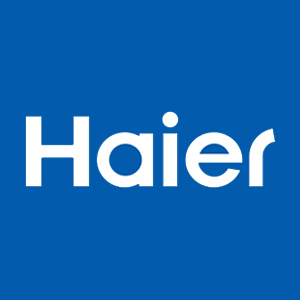
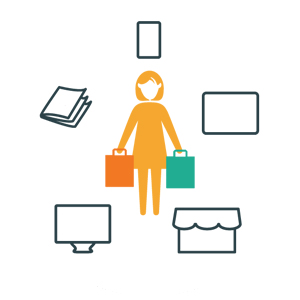
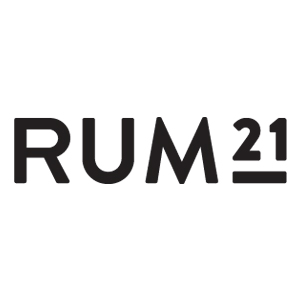

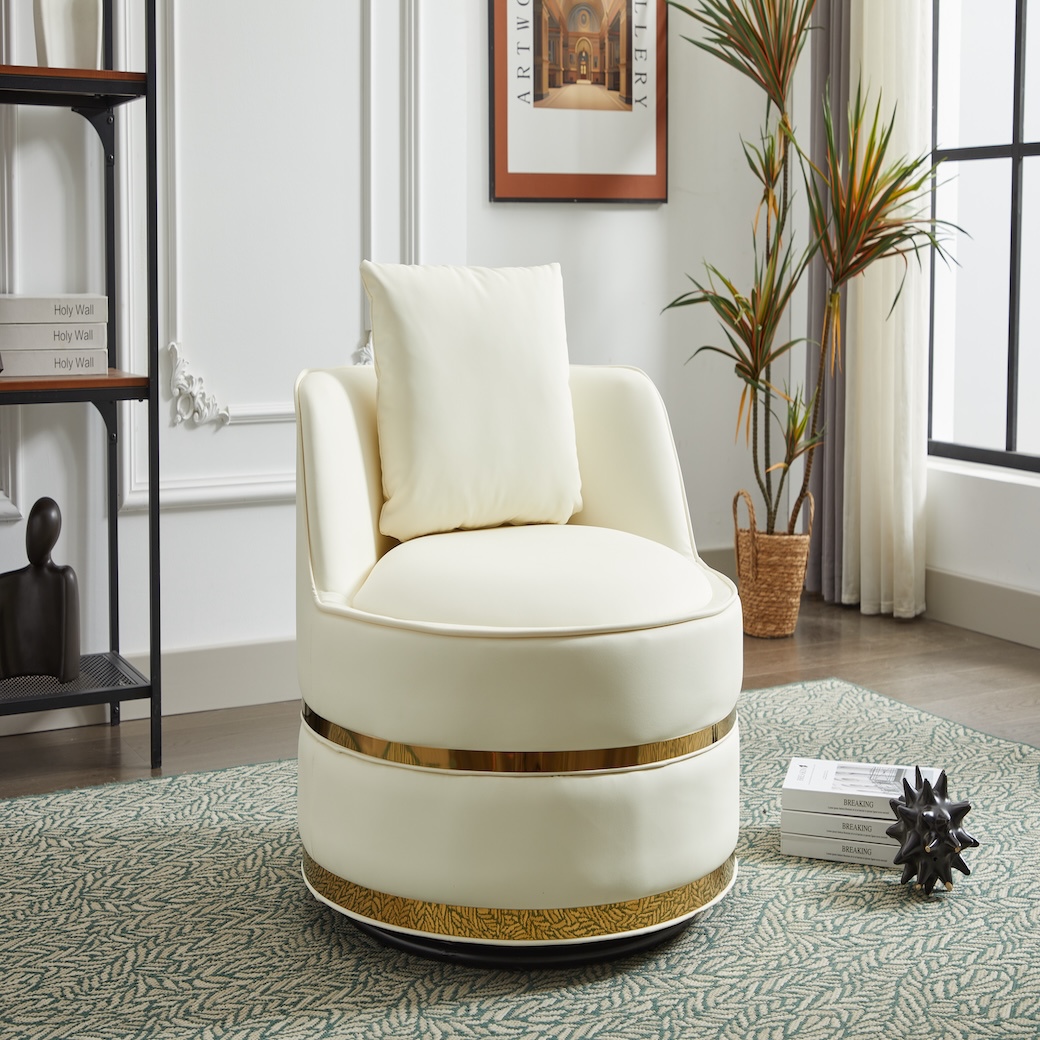
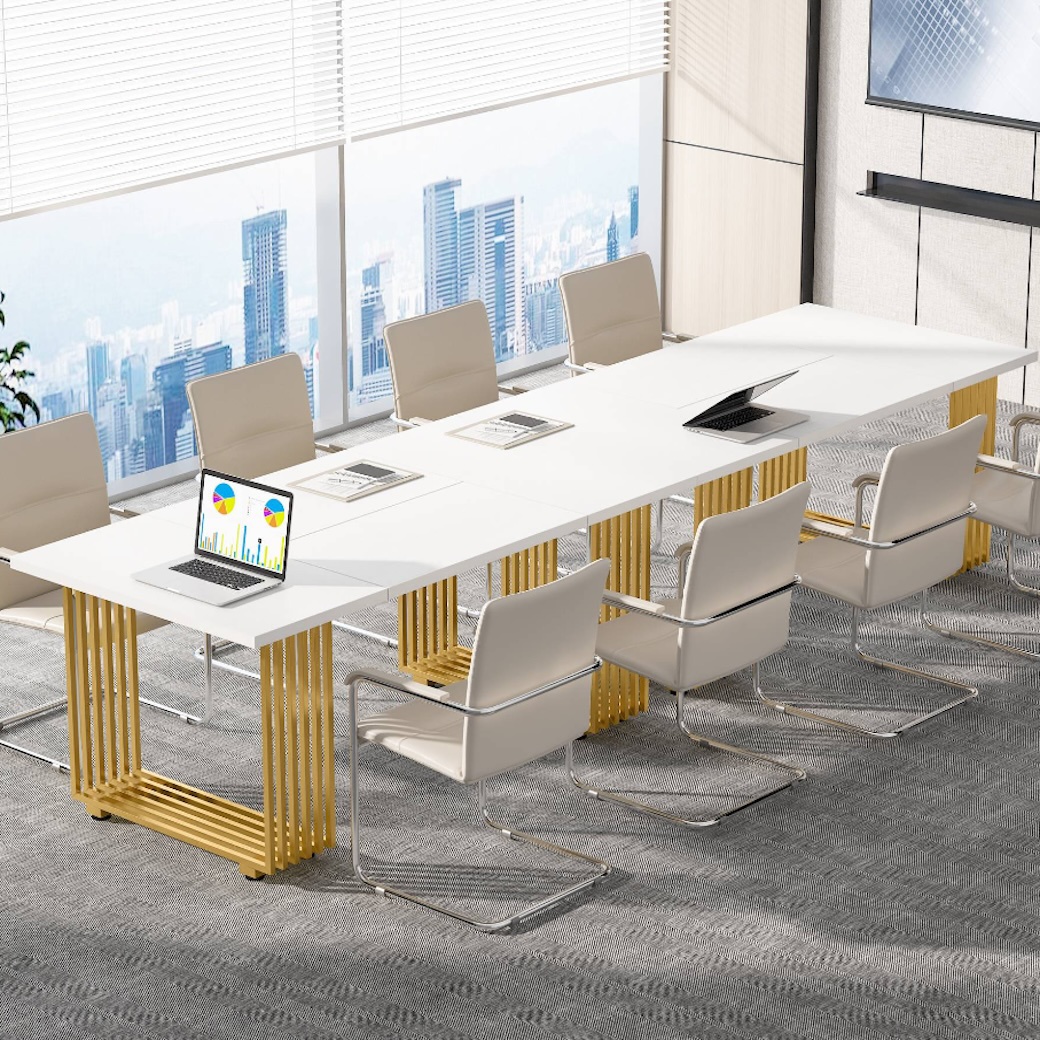
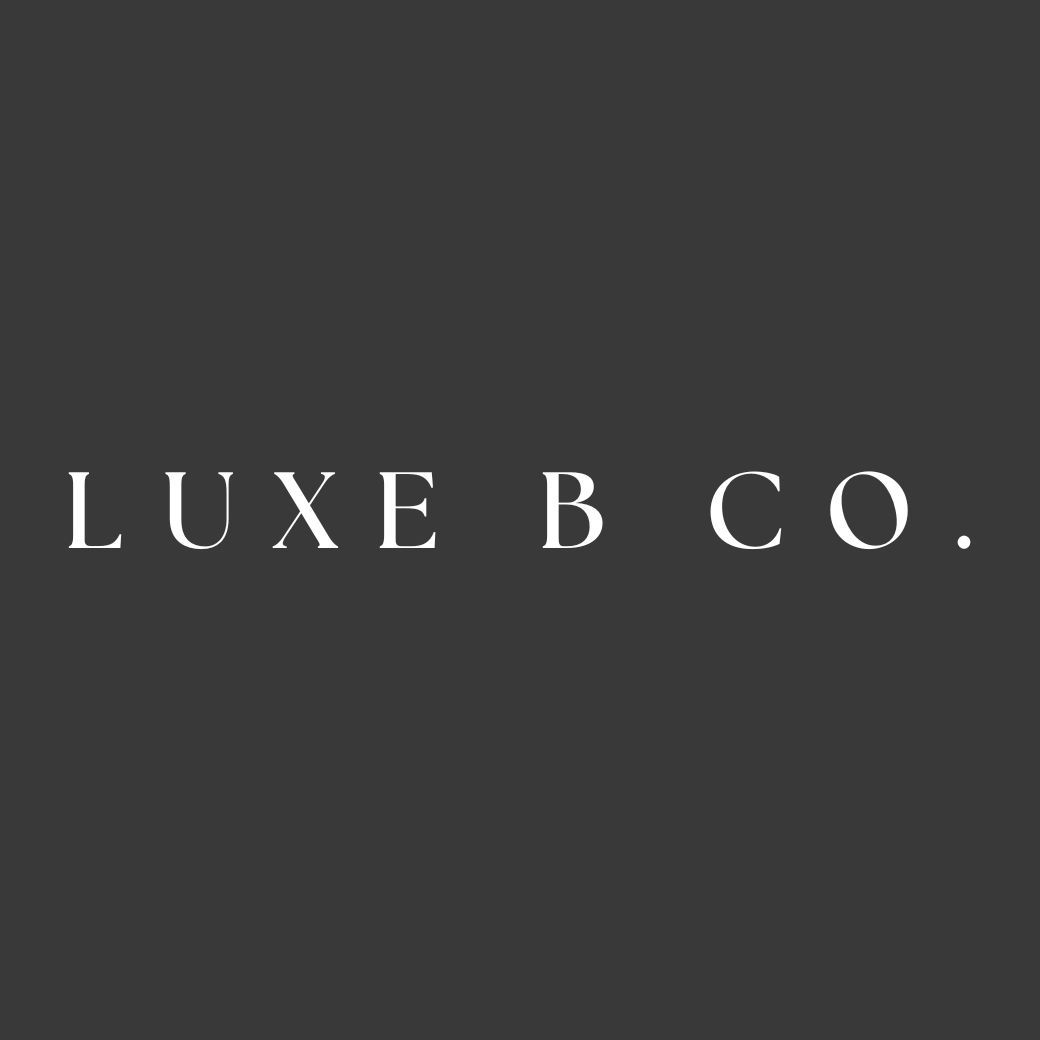
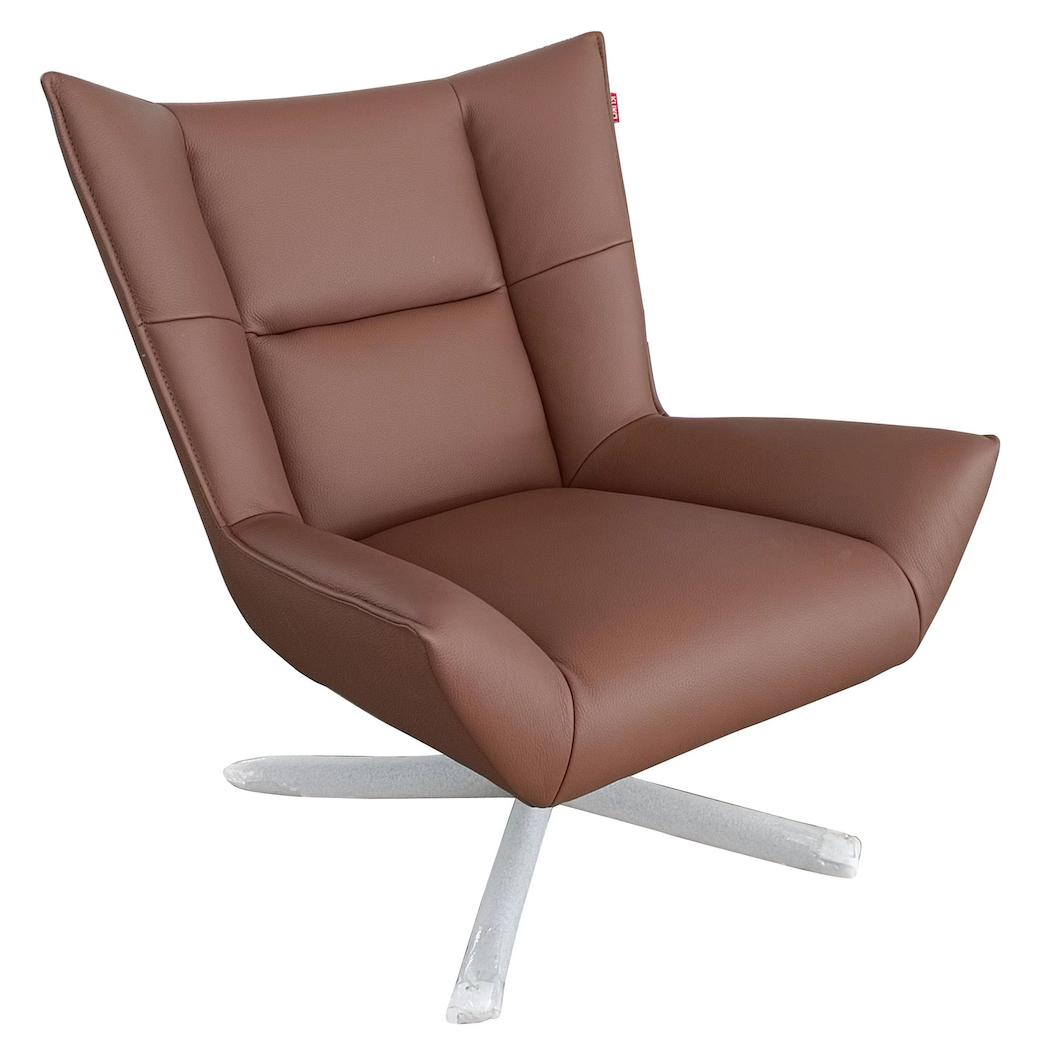
 Latest information
Latest information
 Follow official account
Follow official account
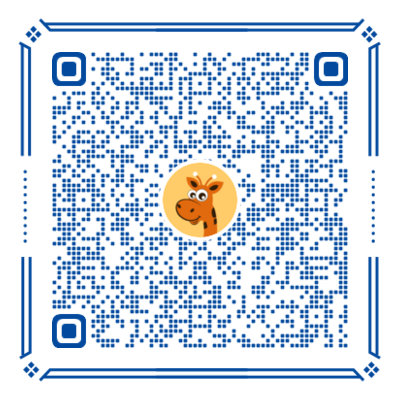 Online support
Online support
 鄂ICP备2022017323号
鄂ICP备2022017323号
 鄂公网安备 42018502006493
鄂公网安备 42018502006493
 Launch Exhibition
Launch Exhibition
 Release information
Release information
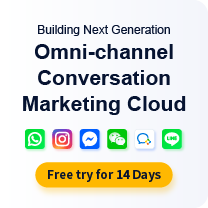

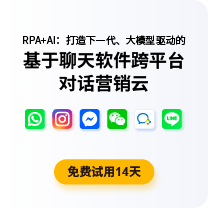
 Today's topic
Today's topic

